From Idea to Launch: Journey of a Successful Software Product Development.
Do you know what the software product development process looks like?
If you are a business owner, you know how challenging it is to run a business. As a business owner, you need to be constantly aware of the various trends and updates that make your processes more efficient, productive, and successful.
What is software product development?
From the idea to the market
Software product development is delivering a new product or improving an existing one.
The concept is much broader than just development and incorporates an entire product’s journey, from idea, analysis, engineering, design, and testing. It combines different tools, methodologies, and management techniques and includes all steps required to bring a unique experience to end-users.
A clear product development plan helps companies in a few ways:
- Determine what customers want in the early stages of conceptualization,
- Provides a way to explore new product ideas,
- Ensure the new or enhanced product satisfies real customer wishes and needs,
- Helps in reaching business goals.
The goal of software development is the production of quality software, in a given time, within the planned time, and budget, and meeting the real needs of the client.
The software product development process aims to create a sustainable product that can survive multiple market changes and bring tangible value to end customers.
Why does your business need software product development?
Today, every business needs and uses software development to accelerate growth and gain a competitive advantage. Still, software development is much more than having an app or a website. The well-integrated software can take your company to the next level.
Here are some reasons why software development is important for your business.
Business growth:
Business growth is significant, but can you manage it effectively without affecting the quality of your products and services? The answer hides in business process management software.
Company growth requires increasing organizational effort and effective management. Product development can help you ensure the quality your customers demand, comply with government regulations, keep audit records, etc.
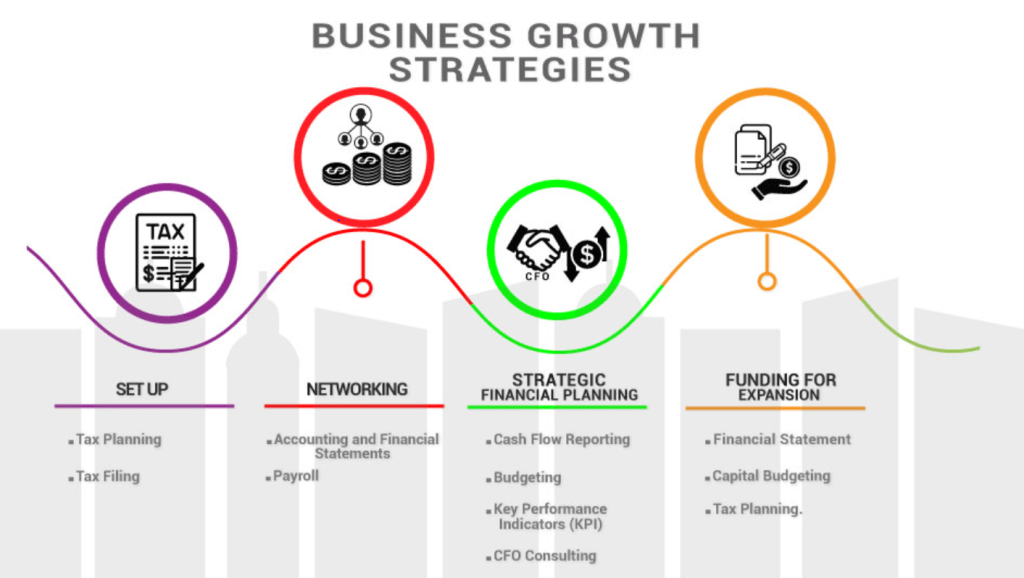
Software Product Development Steps:
It is a complex work consisting of many steps, from the initial user request, analysis, and construction to implementation and use.
Planning and implementing the right strategy require different skills when developing a digital product. That’s why it is essential to have an experienced project manager with an analytical mind.
Let’s follow the product development process step by step.
Idea generation and validation:
What do you usually do to generate the idea? Do you go for a walk to cleanse your mind and manifest ideas or simply write them down in a notebook?
Components of a Successful custom software application development process:
- Discussion
- Analysis
- validation
- Research
- Target Audience needs.
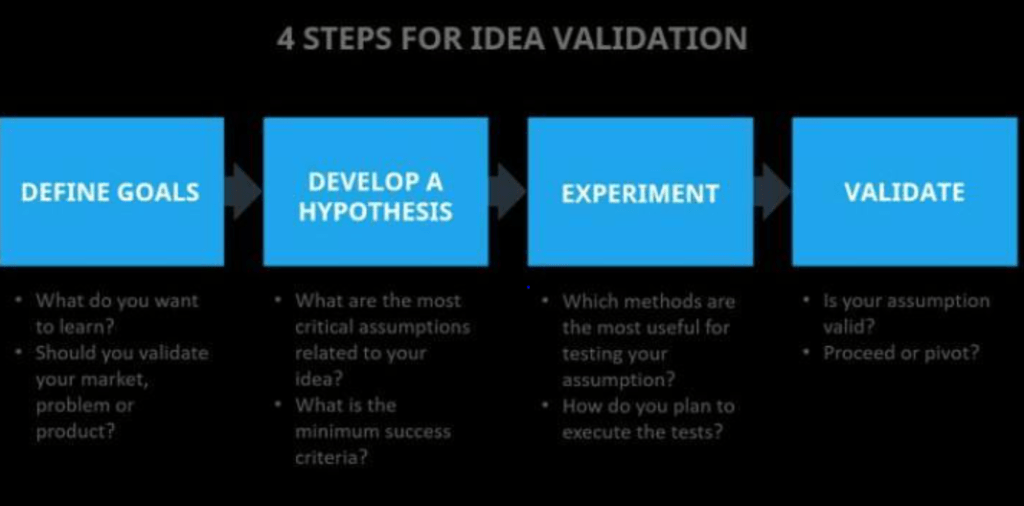
Requirements and feasibility analysis:
We need to make sure for the following things given as follows:
- Can the following or the given project be completed on time?
- Can the project be completed within budget, and with existing in-house expertise?
- Do we have to hire contractors?
Before starting software development, creating a comprehensive project feasibility analysis is essential.
We need to evaluate what the software will offer the users.
How it will be better than other solutions on the market, and estimate the budget, timeline, and expected return on the investment.
Requirements and feasibility analysis check whether the software we are building is viable for our needs or requires changes before the design and development phase.
Feasibility and requirements analysis deals with technical, operational, and legal issues. It may reveal that some requirements are not the best for your business.
The goal is to analyze the infrastructure and capability of your team, and the type of software and plan everything according to regulations to achieve the best results and get a sustainable and cost-effective product.

Defining the product goals:
To achieve the final product or the outcome we follow many strategies and among all those we first follow the main and very important strategy mentioned below:
Product Goal: A product goal is a clear, concise statement that defines the purpose and objective of a product. It outlines what the product should accomplish and what problem it aims to solve. A well-defined product goal helps align the entire product team around a common vision and provides direction for product development.
Now what we want to achieve with the development of the software app?
When determining the objectives, consider these few key points:
- How long will it take to complete the functionality?
- How will you use the software in your business?
- What is your budgeting strategy?
- Do you need any additional features in the app after its release?
Functionality design and prototype:
The software design process starts with looking back at user research. This phase involves writing detailed product and design plans and requirements. In the design phase, you will use all requirements and feedback you got during the previous step. This will help you to organize your product for further development.
Development phase:
This is when the Agile Software development team gets hands-on with the whole infrastructure, frontend, backend, and sets up everything for creating your app or website.
Team collaboration in Async Labs starts with a kick-off meeting. To keep up with high standards, we use Agile project management processes:
- We align tasks for the day ahead and overcome obstacles with daily meetings.
- We set goals and plan activities for the next sprint through sprint planning meetings.
- Evaluating and discussing the results that have been achieved during a sprint is a must-do thing on our list.
- We have backlog estimation meetings to dig into a sprint backlog, assess workloads, prioritize features, and plan how to implement them.
- We regularly hold sprint retrospectives to look back at the processes during the previous sprint and optimize them for the next one.
In this phase, a Minimum Viable Product (MVP) strategy can be used to help you get faster to market and allow an early release of your application. This approach will enable you to save time and money for developing and creating an application.
Sometimes, the development team may come across issues during the development process. When it happens, make sure to have a backup plan and ensure everything is going as planned if this happens.
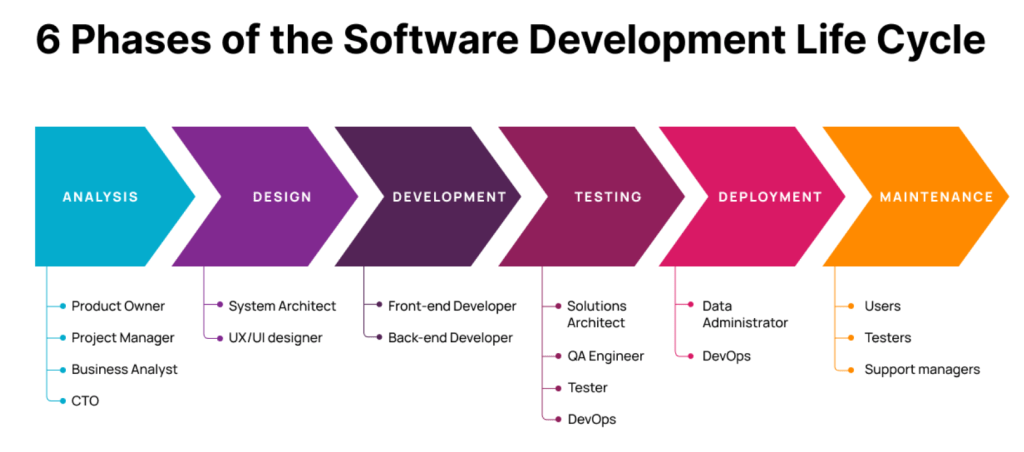
Testing and launching:
Before moving to the next step, the development team must test each feature and fix bugs and issues. After it is ready, the product will go through a process followed by system testing to check and improve its compatibility with different devices and software.
Our quality assurance services at Async Labs are based on a predefined QA plan for a specific project. It describes the scope of testing and the actions needed for delivering an excellent product. We do manual and automated tests to detect failures and issues efficiently.
After testing, testing, more testing, and assuring that the app is ready for release, it is time to launch it. Before this step, it is essential to create a marketing plan or product promotion strategy.

Maintenance:
Maintenance is the last step in the software product development process. It includes software updates, upgrades, and polishing to keep the software running smoothly.
During the maintenance phase, and according to user feedback, new functionalities can be added to the product to ensure it performs effectively and meets user needs better.
Conclusion:
In summary, developing a successful software product involves identifying a problem, defining a solution, assembling a skilled team, creating an MVP, iterative development, thorough testing, launching, monitoring, and continuous improvement.
Add Comment
You must be logged in to post a comment.


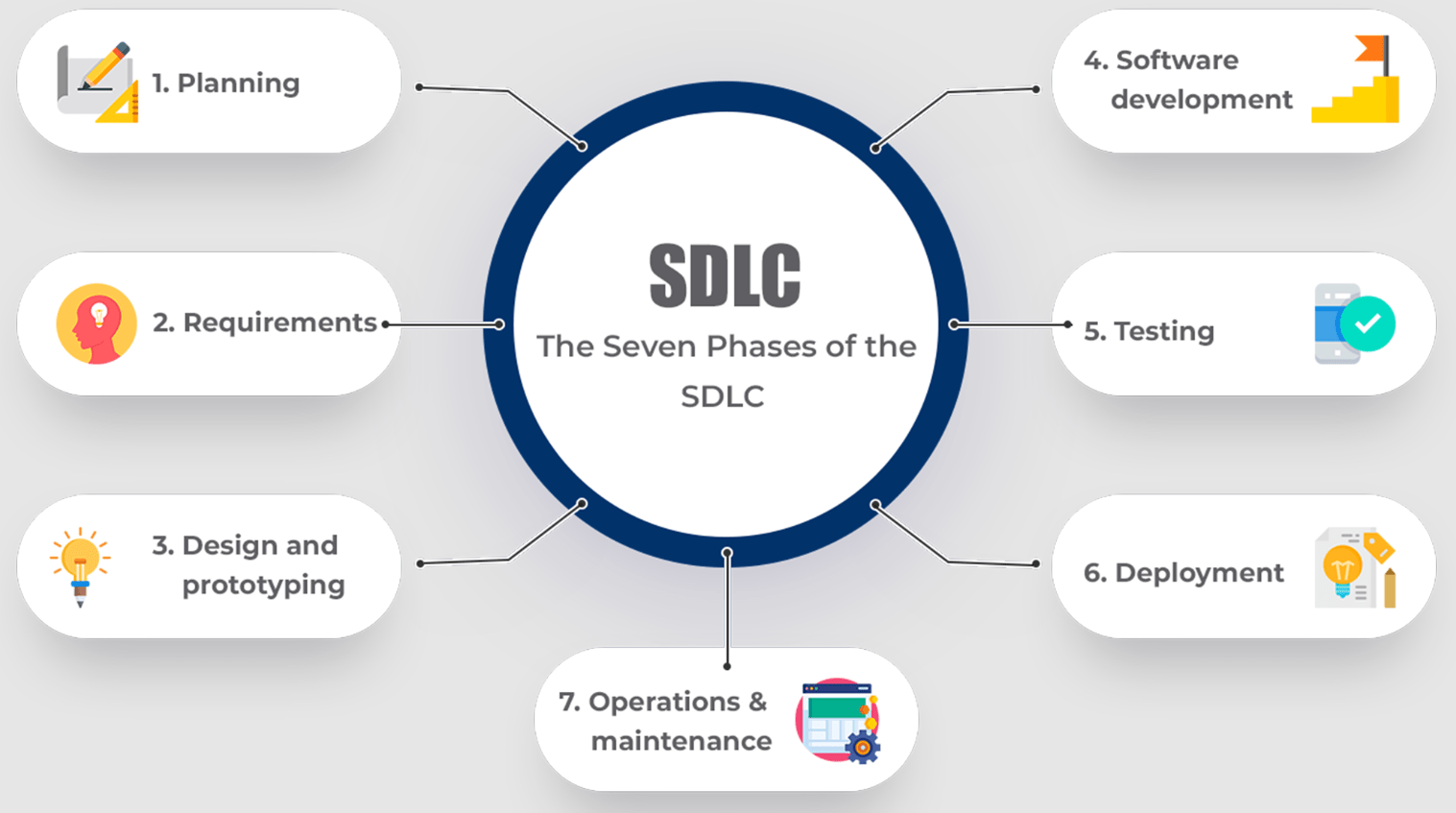





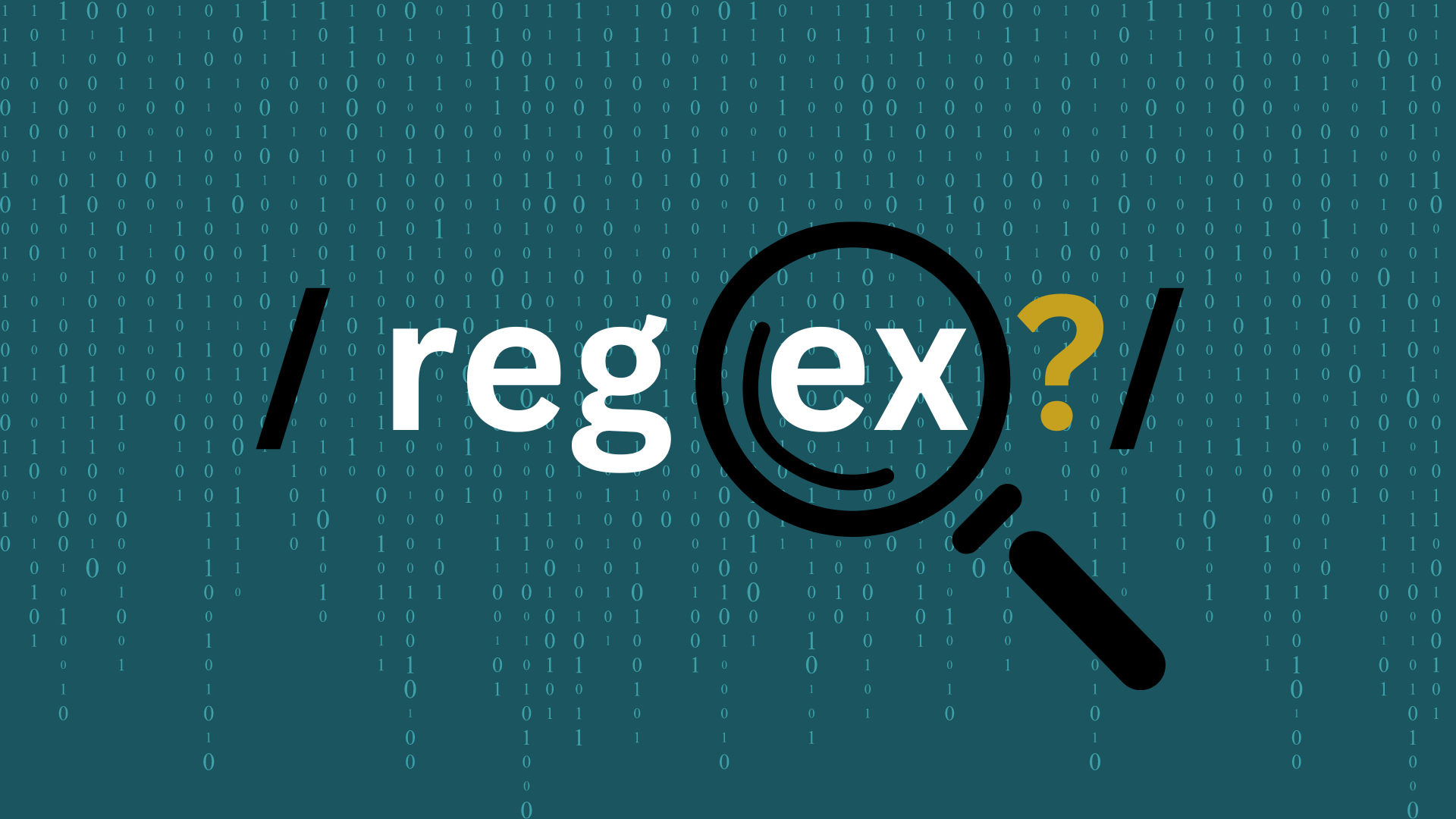
Phyllis Godbold
Aw, this was an extremely good post. Finding the time and actual effort to produce a good article… but what can I say… I hesitate a whole lot and never manage to get nearly anything done.
Garima Bhatt
Thank you!